Features of caring for indoor pepper on the windowsill
A scattering of bright fruits of decorative peppers in a green frame of foliage fell in love with many flower growers and gardeners. Such plants develop well at home, and edible varieties, and most of them, can partially replace the garden culture. Growing indoor peppers is by and large standard: all the rules of care are understandable even for beginners.
Which pepper is suitable for indoor conditions
Among botanists, indoor peppers are known as Capsicum. This one-year, often perennial culture, which has successfully taken root on the windowsills of our country, although its homeland is distant South America. With proper care, peppers will bear fruit continuously at home for 3-5, or even all 10 years.
An indoor vegetable does not take up much space like its garden cousin. The decorative form reaches a height of 20-30, maximum 50-80 cm. Tall crops are grown in large containers on the floor, miniature - like flowers in a pot.
The best option for planting a house would be medium-sized bushes. Hybrids take root well.
Popular varieties
The types of ornamental peppers are very diverse: there are groups of miniature, rather tall ones, there are bitter and pungent varieties, there are also sweet peppers with a sour note. The color range of fruits - from yellow and green to red and purple, all colors are rich and effectively decorate the interior. The fruits themselves are medium-sized, ripen in waves. Indoor pepper will decorate the room with a scattering of fruits even in winter, when it has no chance of surviving on the site.
The most popular decorative peppers:
- Aladdin. The bush stretches up to 0.4 m. The fruits are oblong, small and neat. As they ripen, they turn yellow and then red. Taste - sharp, spicy, without bitterness, pleasant peppery aroma.
- Bride. This decorative pepper is considered one of the best homemade vegetables and spices. Spicy and fragrant fruits are added to seaming, soups, salads, but in small quantities. The Bride matures gradually from cream to yellow, and then red.
- Fire. The variety is interesting for its large pods. Peppers are standard - red and hot at the tip, rounded, slightly elongated. The taste also belongs to the classic - moderately bitter and spicy.
- Jellyfish. As the name suggests, the pods grow very densely and resemble the tentacles of a marine life. Peppers ripen unevenly, so on one bush you can see yellow, orange and red shades. The pods are elongated and large, and the bush itself is miniature - up to 25 cm in height and 15 cm in diameter.
- Exploding amber. The variety pleases the grower with fruits from purple to pink and scarlet. The lighter the pepper is, the closer it is to maturity. Explosive ember differs from others not only in the color stages of maturation, but also in the unusual color of the leaves. They are dark purple like unripe pods.
- Filius Blue. This is another purple pepper, in the process of ripening the fruits acquire a red hue. Abundantly fruiting edible variety.
- Goldfinger. A variety with high decorative properties, but its fruits are toxic. Pods of rich yellow color up to 5 cm in length densely cover the green bush.
- Troll. Pepper with abundant fruiting, one of the most common varieties for culinary use as well as decorative. A feature of the bush is the variegated color of the leaves. Medium-sized elongated fruits are green at first, and red and purple when mature.
- Black Pearl. This beauty deserves such a name: the fruits of the plant are poured black and then red. The more mature the bush, the darker its vegetative parts.
- Clown. With special love, flower growers relate to the multi-colored varieties of homemade peppers. They are like bright garlands that decorate the room, refreshing it and lifting the mood. This variety belongs to such varieties. Miniature shrub 35 cm high. Fruits are round, red, orange and yellow, resembling a clown's nose. The variety is inedible.
Advice
Buy seeds from a specialized gardening department. Unscrupulous sellers often pass off ordinary garden material for indoor pepper seeds, which is not suitable for growing in a confined space.
Soil and pot selection
The planting pot must contain drainage holes. At the seedling stage, these can be plastic cups, after picking, more dense structures are chosen, for adult plants - full-fledged pots from 3 to 5-7 liters. Material - ceramics, wood, plastic.
Indoor peppers love loose soils with a neutral reaction. It is good if the mixture is nutritious. Purchase soil for planting Saintpaulias or prepare a mixture of peat, organic matter and sand yourself.
The first layer in the pot is drainage. These are fine gravel, pebbles, expanded clay. To better retain moisture in the pot, perlite is added to the mixture.
Disembarkation dates
Houseplant seeds can be planted throughout the year - stable indoor conditions allow. However, at the time of flowering and fruiting, the longest daylight hours should fall. This problem is also solved by artificial lighting - a UV lamp.
For plants to bloom in natural light, it is recommended to plan the sowing of seeds in February-March. Early ripening varieties are best sown in April-May. Rely on the fruiting timing of the selected variety.
Growing basics: seedlings
All stages of planting seeds and seedling care:
- Seeds are soaked in water for several hours before planting. All spoiled ones are immediately removed - they will not germinate, or the plant will hurt a lot. When the material swells, it is worth adding a growth stimulator to the water.
- Next is the germination stage. The planting material is wrapped in wet gauze and waiting for the first tails to appear.
- The hatched grains are planted in the ground. Depth of placement is 0.5-1 cm.
- Seeds can also be planted immediately after soaking, without specially sprouting. Then they are preliminarily dried.
- Soil moisture is maintained, but everything should be in moderation. Wet ground is an unfavorable condition for a capsicum.
- Before emergence, it is recommended to cover the containers with plastic wrap or glass to create a greenhouse effect. The lid is periodically lifted so that the earth "breathes".
- When the first shoots appear, they are kept warm (about 25 degrees) and provide them with long daylight hours.
- The pick is carried out, when young peppers stretch for 5-6 cm. This is a mandatory procedure, it will affect the health of adult bushes.
- The final transplantation to a permanent place is carried out with the appearance of 6-10 healthy leaves on the shoot.
Advice
If the windowsill is not warm enough, then put a pack of thick magazines or any papers under the seedling pots, a wooden board will do.
Rules for caring for an adult plant
How to keep indoor peppers in a pot, all the rules of care:
- It is necessary to maintain a stable temperature in the room - 20-25 degrees Celsius. By winter, it can be reduced to +15, if the variety is strong.
- Peppers need to be protected from drafts, especially at the beginning of their cultivation.
- Watering is moderate, as for seedlings. Do not overmoisten the soil.
- The plant responds well to spraying with warm water. In summer, it is enough to carry out this procedure once every 2 weeks, in winter - no more than once a month.
- Since pepper is sensitive to the length of daylight hours, it should be grown on a windowsill on the south, southeast or southwest side.Active lighting should last at least 4 hours.
- In summer, the bush should be shaded from direct sunlight - they can damage foliage and fruits.
- The trick: in order to accelerate fruiting and harden the plant, during the growing season it is provided with fluctuations in day and night temperatures, as it happens in the open field. In summer, it is convenient to take the pot out to the balcony if the weather is dry and calm.
- Every summer, a liquid mineral dressing is added, however, excessive nutrition is not recommended for peppers that are used for food. It is better to stop fertilizing after the ovaries appear.
- As you grow, you need to timely replace the pot with a more spacious one. When transplanting, the soil is changed to fresh.
- Peppers that have been bearing fruit for several years are recommended to be moved to a new place of residence. Florists say that fruiting times will last for several more years.
- Pruning at the end of the fruiting period will not damage the bush. All old shoots are carefully cut, but no more than half. Pruning stimulates the growth of new shoots in the next season and makes the crown shape neat.
Peppers are no more difficult to care for than other houseplants.
How does pepper bloom
Decorative peppers bloom in summer with small white flowers. Unlike fruits, they are nondescript. Interestingly, the same plant can contain both flowers and ripening fruits.
Ornamental pepper is a self-pollinating crop, but shaking will not harm the bush during flowering. The number of ovaries increases due to artificial pollination - the transfer of pollen from one plant to another.
Is it possible to eat decorative peppers
Not all ornamental peppers have edible fruits. Some of them are only suitable for interior decoration. The package of seeds should indicate whether the fruit of the plant is edible. It is better to clarify this question with a garden store consultant.
Here is a list of the most popular varieties that are categorically unsuitable for food:
- Goldfinger;
- Clown.
And the fruits of these peppers can be safely used for both decorative and culinary purposes:
- Troll;
- Jellyfish;
- Fire;
- Bride and many other varieties.
Important
As a member of the nightshade family, in indoor peppers, the roots, tops and foliage contain toxic substances.
Ornamental peppers are small and very pungent, so picking them off the bush and immediately putting them in your mouth will be a big foolishness. The fruits are used in minimal quantities as a spice. To reduce bitterness and pungency, fresh peppers are blanched before consumption. A practical idea is to dry the fruit and chop it as a seasoning. Thin strips of hot pepper are also added to pickles with other vegetables.
If the pepper is sick
Home culture is sick less often than garden culture, but such a nuisance is not excluded. The better the care, the stronger the plant. Watering, comfortable for bushes, humidity, temperature is a reliable prevention of diseases.
Decorative homemade peppers are affected by:
- spider mite;
- whitefly;
- aphid;
- mealybug;
- black leg;
- powdery mildew.
A favorite pepper garland is saved by ordinary methods: by removing damaged parts and treating with special-purpose drugs (fungicides and insecticides), as well as restoring comfortable conditions.
Ornamental pepper is a worthwhile plant to grow at home. Its elegant appearance is pleasing to the eye, and the harvest benefits the body and minutes of gastronomic pleasure. If you have a fruiting edible vegetable on your windowsill, your friends will line up for valuable pods.
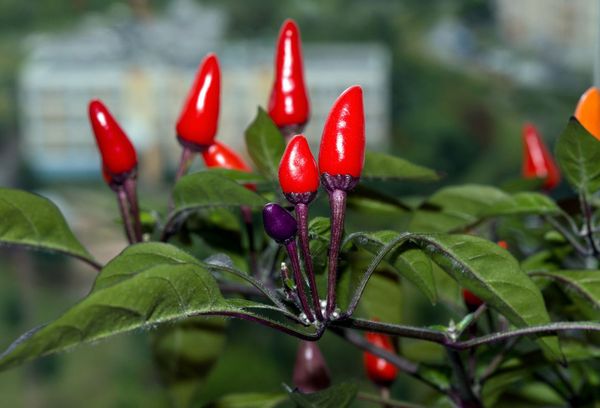
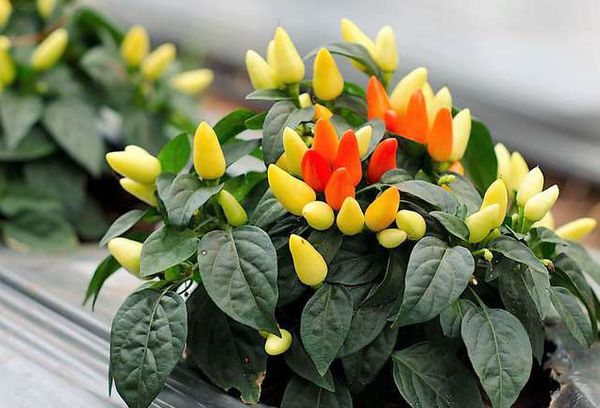


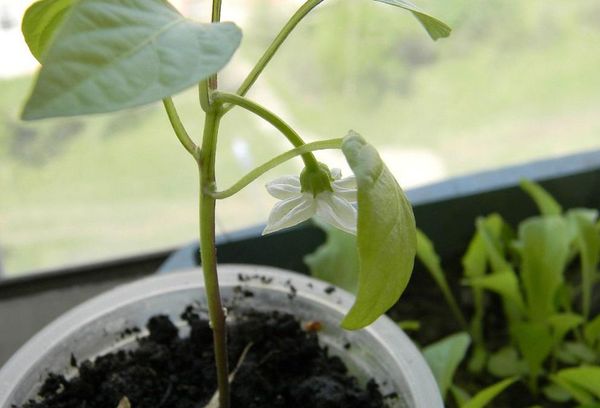
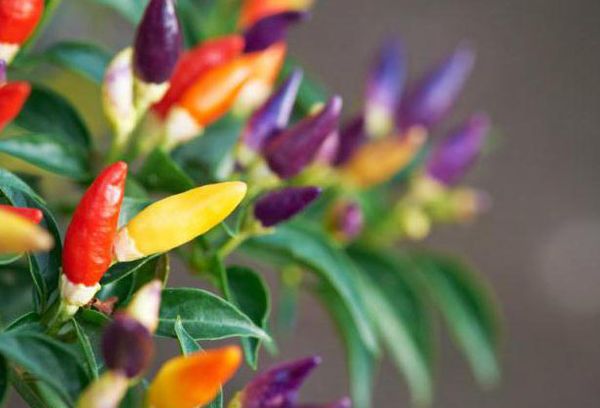

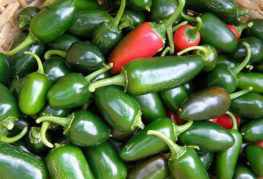
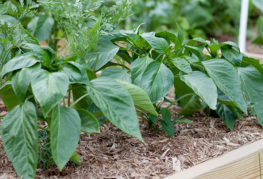
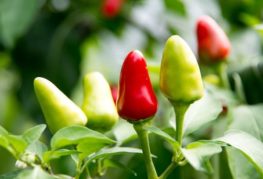
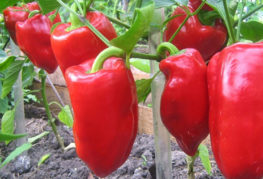
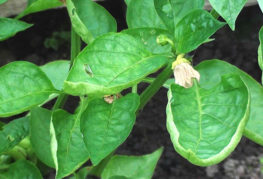
and will be published shortly.